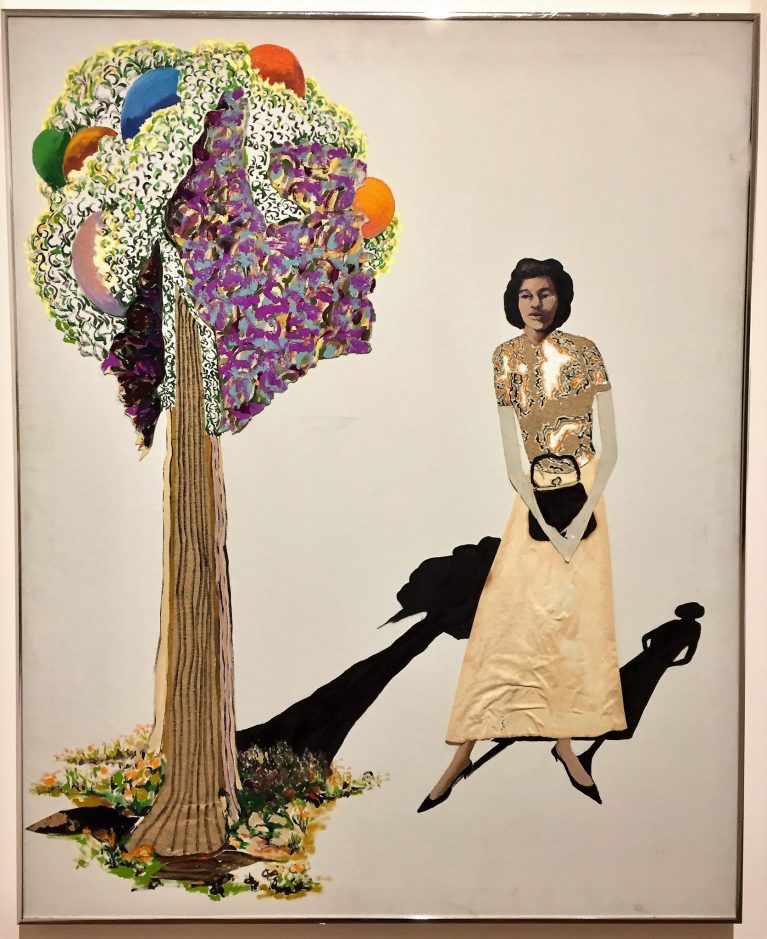Teach about Black Artists Series: Dina Dee

What was your Journey to Becoming an Artist?
Before I was an artist, I had left my job to do photography full time. I initially helped my mother create and manage a crochet shop on Etsy. My mom passed away in 2014. My whole family is really close, and I was quite close to my mom. We spent a lot of time together.
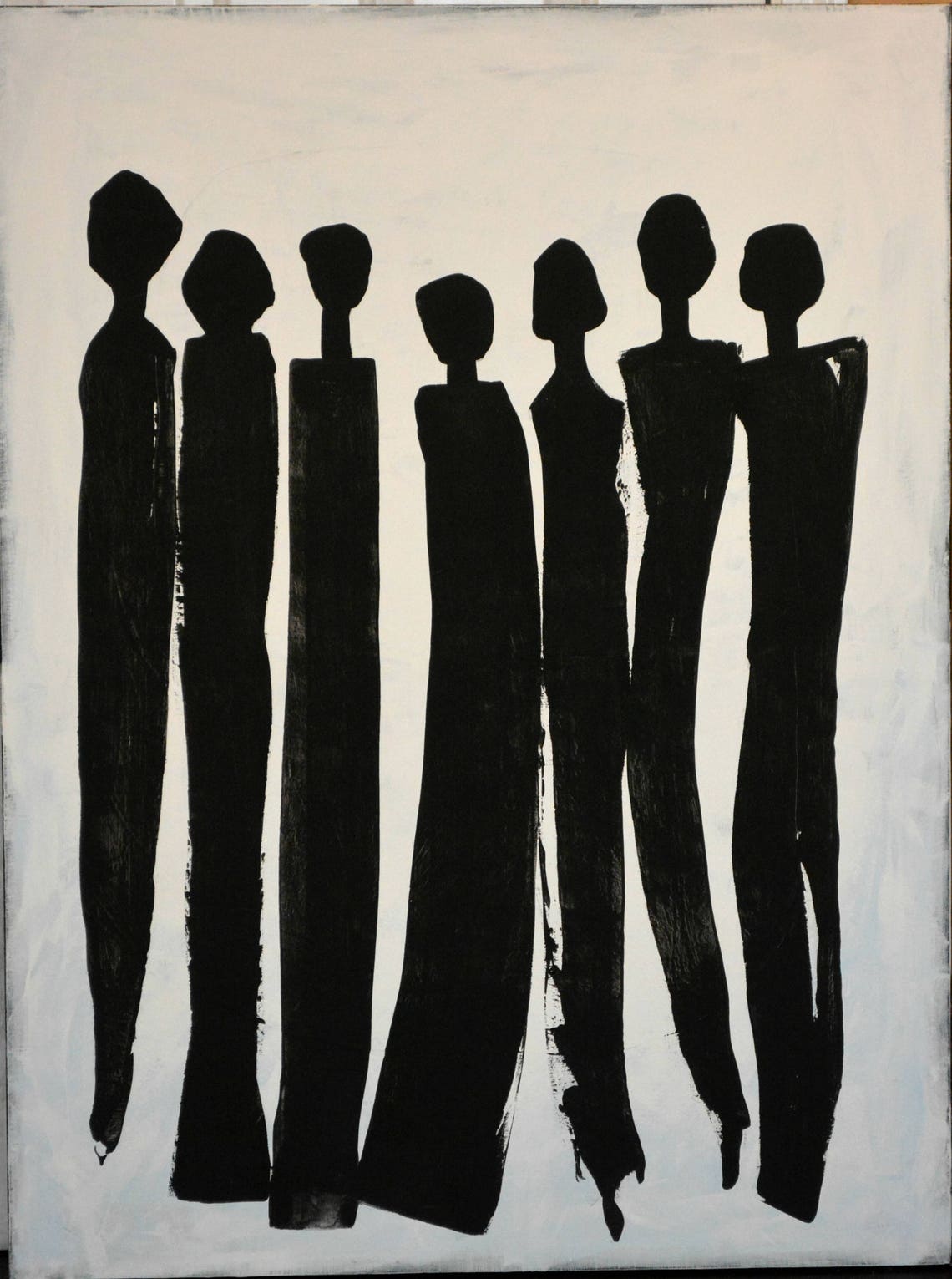
Usually, when I have something on my mind, I journal. I was at a park and couldn’t write in my journal and unload my feelings. I went home and picked up my mom’s acrylic paint tubes and supplies. After grabbing the supplies, I returned to the park and just started painting. I pretended like I was my mom. I painted nine paintings in that one sitting. With each painting, the emotions that I went through were very different. I had tears on some of the first ones.
I took all of my mom’s crochet down and I put the paintings all up on the shop. They sold like crazy! The next day I went back to the park and painted nine more paintings. They just kept selling. That is how I started. I will never forget that day.

My intent is to make art that stirs the soul and connects us not only to the human experience, but also to what lies beyond our sight. My creative process is about relationship/connection…to the beauty of the world, but also to my soul, my spirit, and God. My process is completely organic and spontaneous ~ what emerges on the canvas is an internal language that is highly emotional and very personal, yet universal at the same time... speaking of places unseen ~ like closed eyes. My inspiration builds from the coming together of color and contrast…my work is alive with emotion through the movement of the brushwork and the luscious layered colors. Much like memories, each painting is filled with layer upon layer of paint, building a rich history into each piece. My heart is on full and pours over as I create…each painting with its own pathway; its own purpose.”
TO PURCHASE RESOURCES TO HELP YOU TEACH ABOUT BLACK EXCELLENCE, CLICK HERE
Teach about Black Artists Series: Dwight White II
To many, Dwight White was always destined for greatness, however, in the beginning it was not about art at all. Being the son of two extremely athletic parents in Texas, his life seemed predetermined. He was going to be a top tier athlete. Starting at the age of seven, his day to day revolved heavily around two things; football and school. On rare occasions, Dwight would have some down time in between. He often used this time to draw. Art gave him a different sense of freedom that didn't exist on the field. Regardless, his creative emotions were left on the back burner, as he reached for his helmet. "

"I've always been a creative deep down. I just never made time for it."
Click here to view collection for sale
The Hit That Changed It All
While the creative flame quietly burned, Dwight continued his pursuit for athletic excellence instilled within him from childhood. The story of his life was being written in a positive yet predictable fashion... that is until the unpredictable happened. During his junior year of college football, he was hit so hard that it caused internal bleeding. Upon further inspection, doctors discovered something unusual. Dwight White was born with just one kidney and it had already sustained some damage. At this point if he continued to play football the results could be fatal. Severely depressed, he was left with no choice but to walk away from the only life he knew.
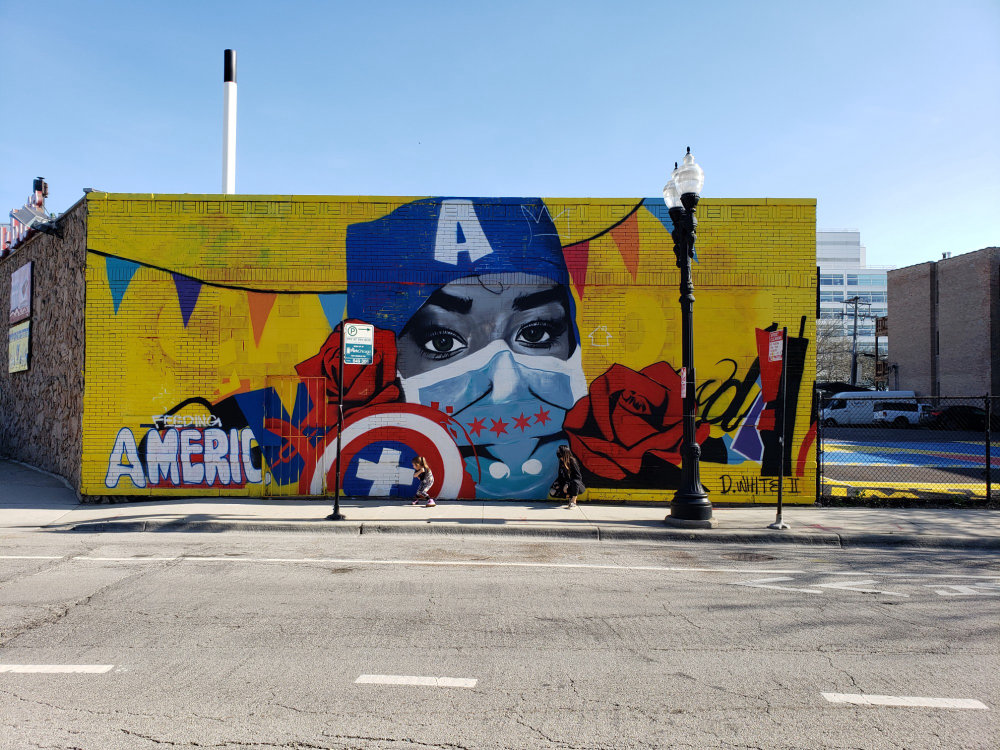
"Super Lu" by Dwight White II
photo credit
You came to Northwestern as a student-athlete. How did you discover your artistic side?
Painting was one of the things that came about as I was trying to redefine and explore myself while also battling mental health issues. Art was the thing that got me out of dark places. I actually started painting during my senior year at Northwestern, just before I graduated. I took an intro to painting course, and that’s the only painting class I’ve ever taken.
Teach about Black Artists Series: Natalie Odecor aka Natalie Osborne
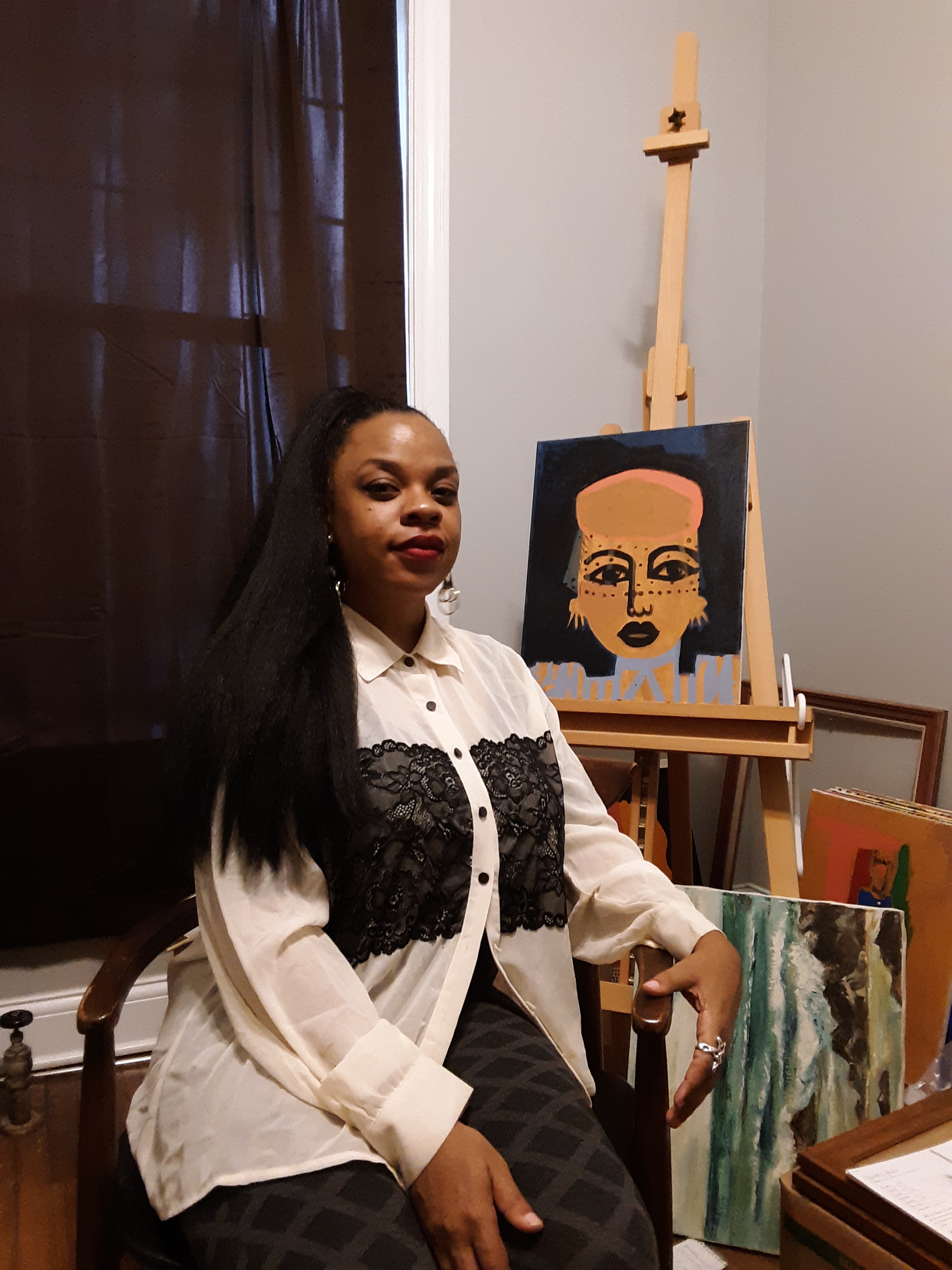
Natalie Osborne received her BFA from The School of the Art Institute of Chicago in 2002. The following year she accepted a position in Brooklyn, New York as a teaching artist for The Leadership Program Inc. where she taught painting in public schools in Brooklyn and in Harlem. While in New York, Natalie exhibited her paintings in group shows at Rush Arts Brooklyn Gallery. In 2009 she joined Aaron Marx in Toronto, ON to assist in the opening of Studio 561, a contemporary art gallery located in downtown Toronto at Bloor and Bathurst. “We literally lived in the gallery.” In 2011, Natalie returned to Chicago to work with the Downtown Arts Association in their effort to turn empty storefronts in the Loop into Pop Up galleries, working under curator Stuart Hall at Gallery 220 (220 S. Wabash Ave.) In 2014 she opened her online store, selling original paintings and prints. “My paintings are about the strength and purpose that illuminates from within every woman.”

Berry from Trial by Inspiration: I’ve found that as more and more artists share their work on platforms like Instagram and Pinterest, the more everything starts to look the same, and it’s hard to find unique voices in all the “trendy” visuals. Your work is so bold and distinctive, how did you develop your style?
Natalie Osborne @natalieodecor: As I am painting one piece, I always have the visual of the next painting in my mind. I can’t wait to finish the painting so I can start the next one. I think my style came along from painting only what I have visualized mentally. That’s half of the work, being able to see what you are going to paint before you paint it. Some of the ideas come out successfully, and some fail. I’ve learned what works and what doesn’t, based on that process.
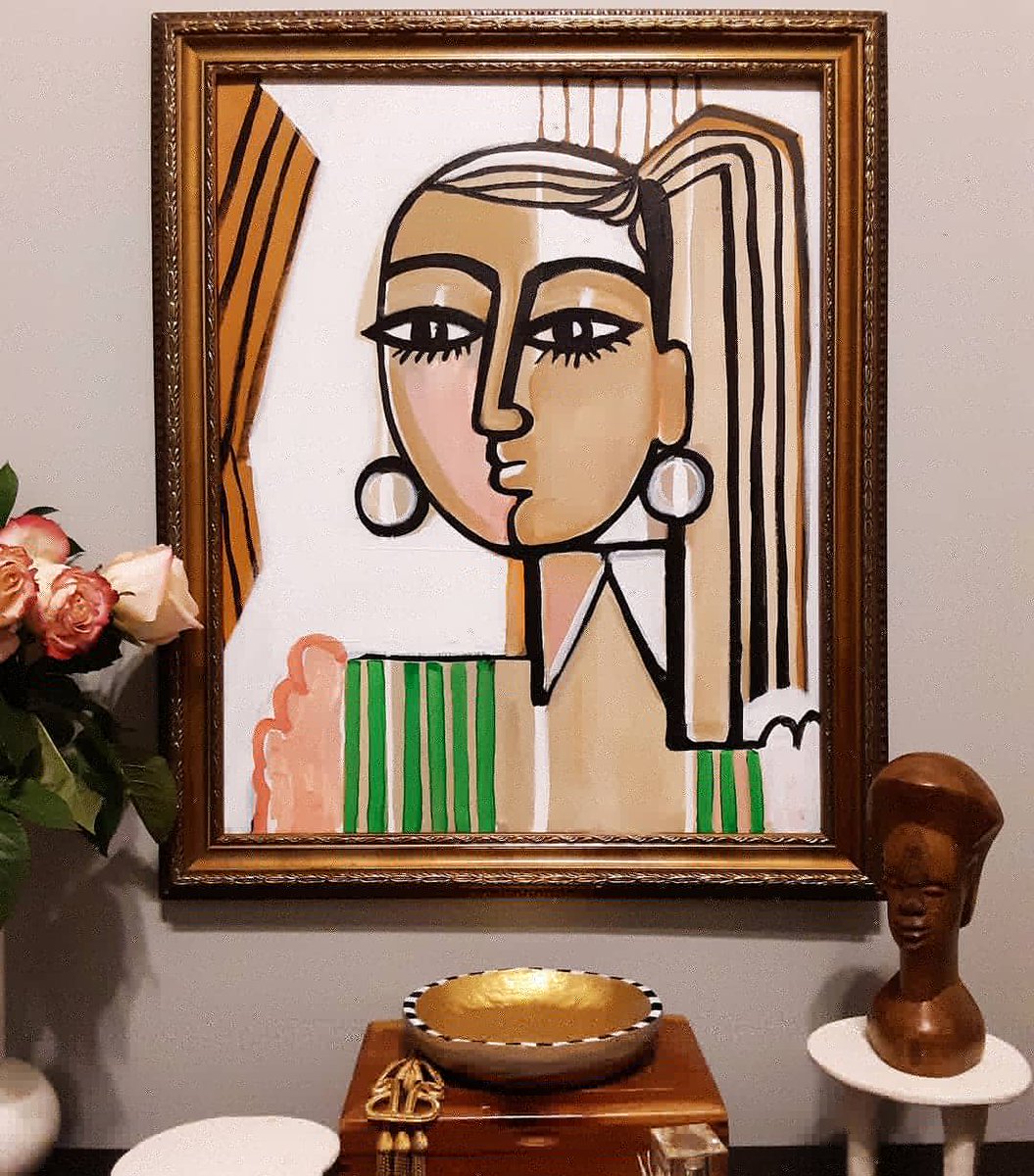
The Chicago-born, Art Institute-trained artist draws inspiration from “graffiti, fashion and art history,” and most often depicts Black women in beautiful, striking portraits marked by vivid colors and bold lines.
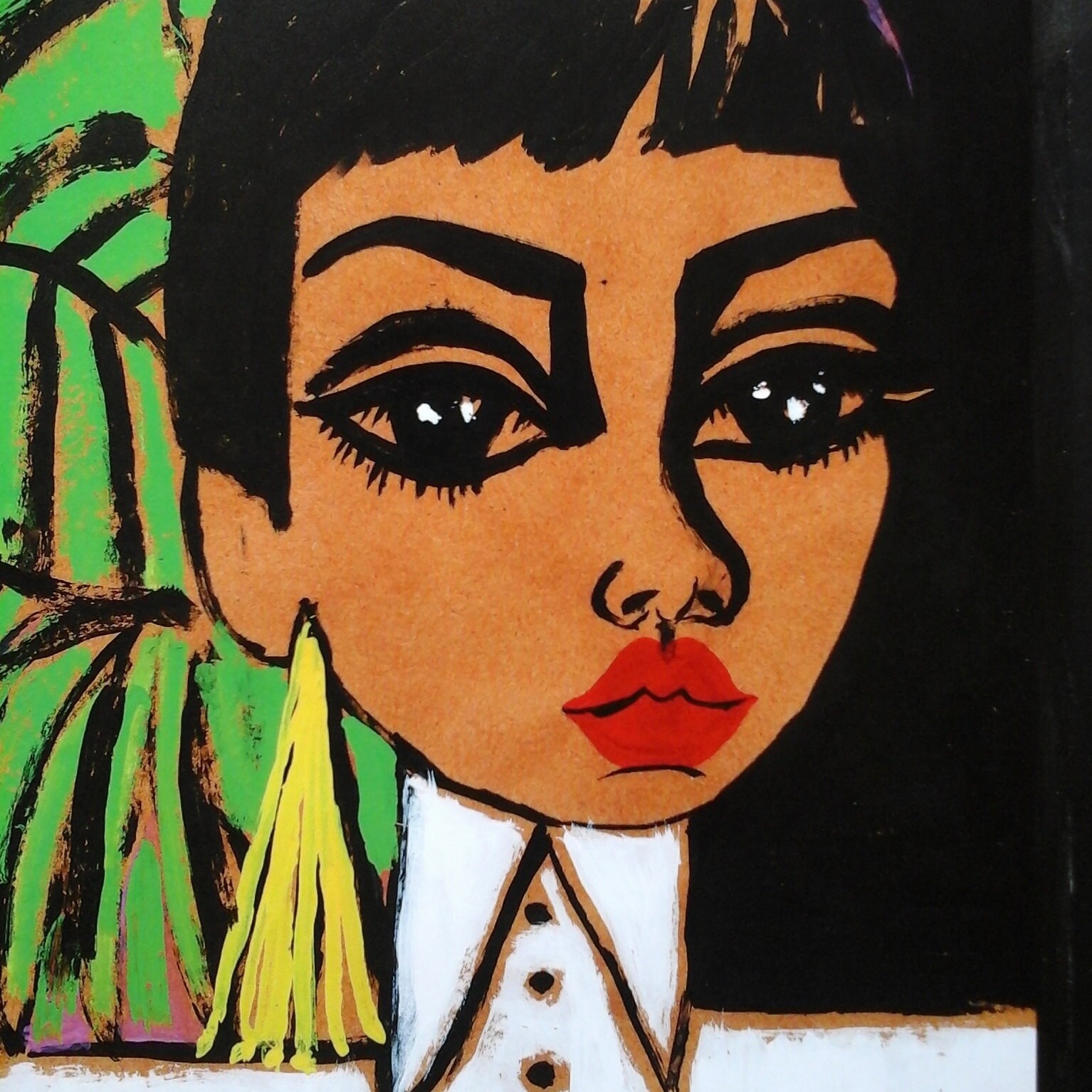
TO PURCHASE RESOURCES FOR TEACHING ABOUT BLACK ARTISTS CLICK HERE
Teach about Black Artists Series: Martha A. Wade


Wade incorporates several motifs signifying strength, greatness, longevity and vitality – including depictions of the sun, stars and strong spirit animals such as bears and whales. Wade also deliberately utilizes the grain patterns of her wooden palettes as skin tones of her subjects, who she depicts alongside colorful cityscapes and background elements.
“Utilizing creative energy to express strength, vulnerability, hope or fear has allowed me to find my voice,” she said. “As a female artist, my work can intimidate or allure – but always tells a story through art.”
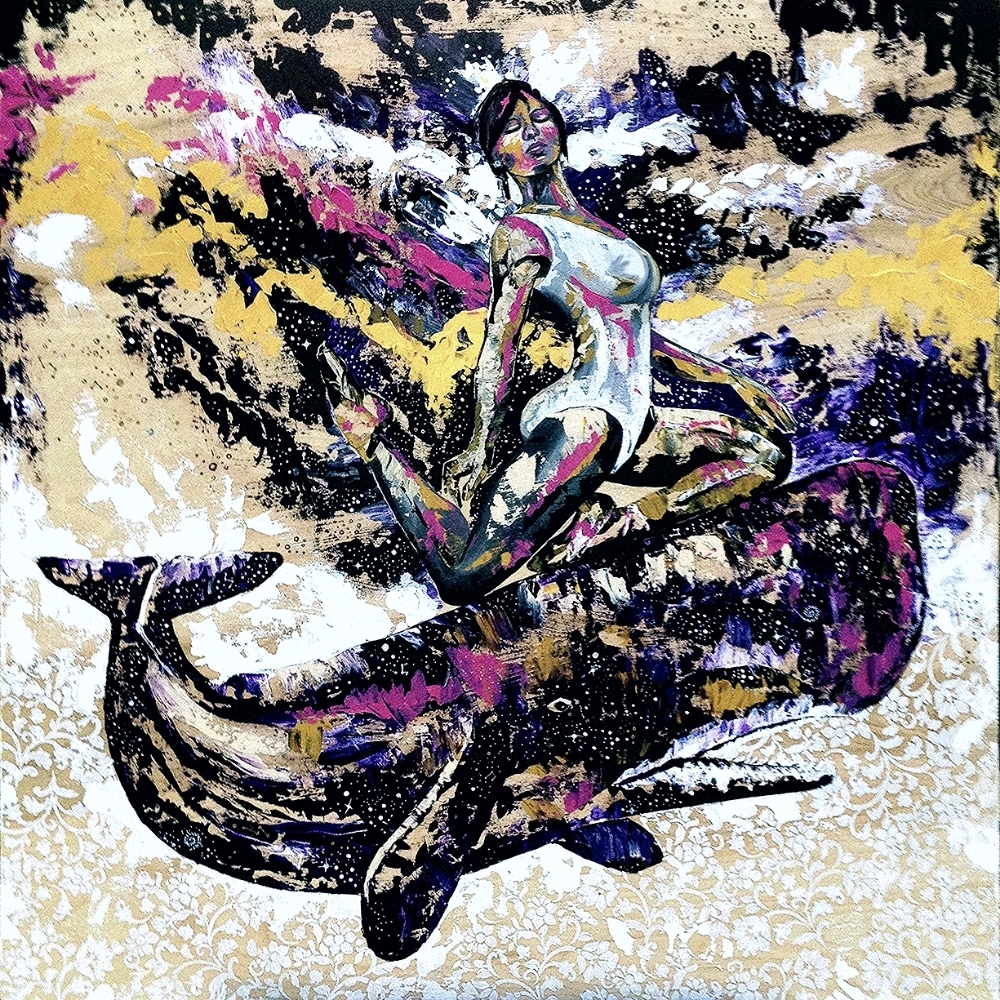
In 2010, Martha participated in her first gallery exhibition, and today her paintings have a bold and vibrant style that explores mankind’s potential on earth and throughout the universe. Martha’s work can be found in private collections nationally in the United States as well as internationally in Scotland, Ireland, and Sweden.
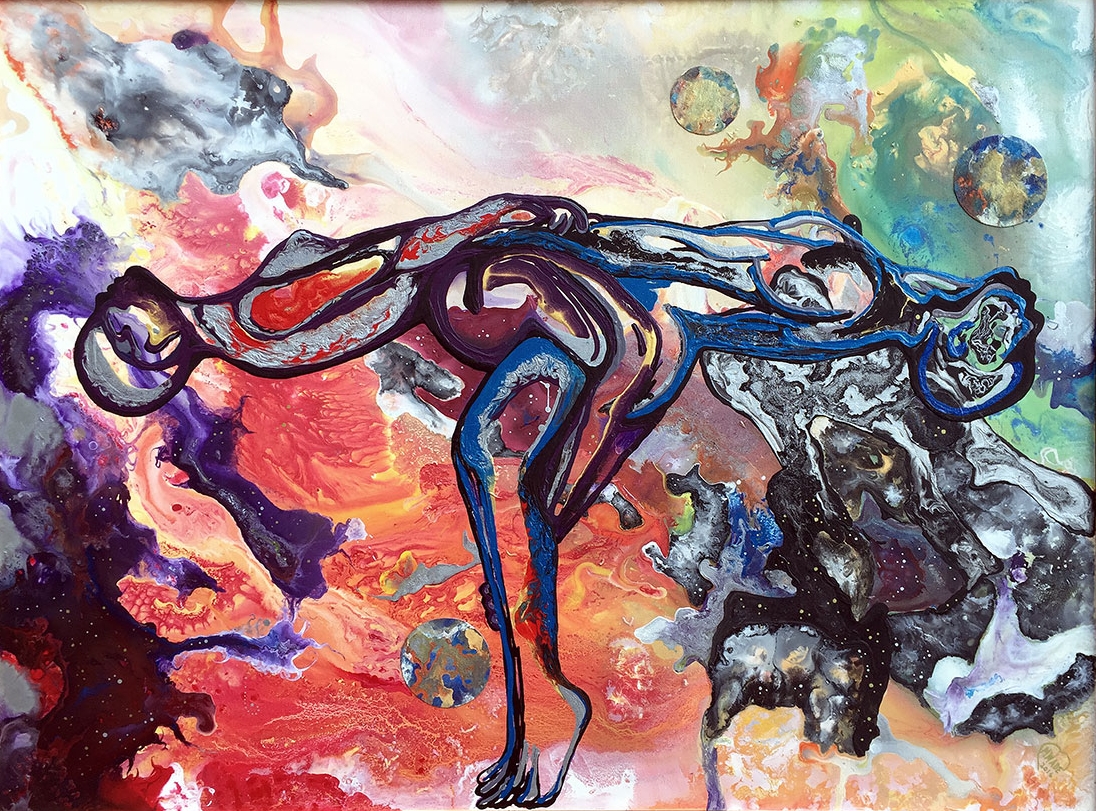
CLICK HERE FOR MORE INFORMATION
CLICK HERE FOR MORE RESOURCES TO HELP YOU TEACH ABOUT BLACK EXCELLENCE
Teach about Black Artists Series: Benny Andrews

Benny Andrews was an artist, educator and activist. He was born in Plainview, GA in 1930. Andrews earned a BFA from the School of the Art Institute of Chicago in 1958. Soon after, he moved to New York City, where he would live, work and paint for nearly five decades.
Andrews co-founded the Black Emergency Cultural Coalition (BECC), which agitated for greater representation of African American artists and curators in New York’s major art museums in the late 1960s and 70s. He also led the BECC in founding a groundbreaking arts education program in prisons and detention centers. Andrews taught art at Queens College for nearly three thirty years, beginning in the late 1960s. From 1982 through 1984, he served as the Director of the Visual Arts program for the National Endowment for the Arts.
As a student in Chicago, Andrews developed a practice of incorporating collaged fabric and other material into his figurative oil paintings, a technique he would continue throughout his career. In addition to working in oil and mixed-media collage, he made sculptures, prints and drawings. He also illustrated several books written by his brother, the author Raymond Andrews, as well as many children’s books, including a biography of civil rights icon Congressman John Lewis. He continued his prolific output of artwork, which ranged from explorations of history and social justice to intimate depictions of friends and family, until his death in 2006.